Home>Furniture & Design>Outdoor Furniture>How To Seal Mdf For Outdoor Use
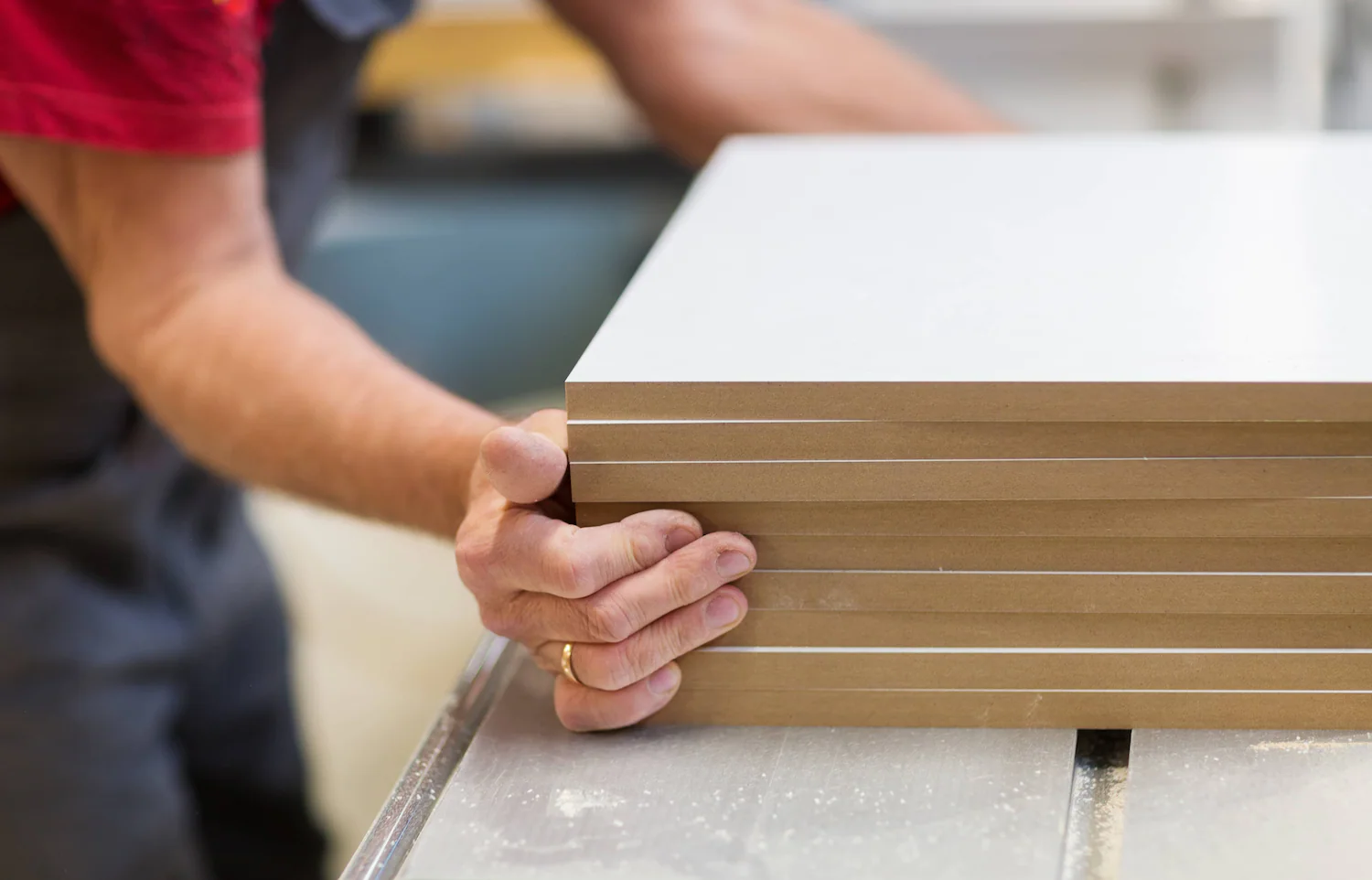

Outdoor Furniture
How To Seal Mdf For Outdoor Use
Modified: January 18, 2024
Learn how to properly seal MDF for outdoor use to protect your outdoor furniture and designs. Follow these steps to ensure the longevity of your outdoor furniture.
(Many of the links in this article redirect to a specific reviewed product. Your purchase of these products through affiliate links helps to generate commission for Storables.com, at no extra cost. Learn more)
Introduction
When it comes to outdoor furniture and design, Medium-Density Fiberboard (MDF) has become a popular choice due to its affordability and versatility. However, using MDF for outdoor applications requires special attention to ensure its longevity and durability in various weather conditions. In this comprehensive guide, we will delve into the process of sealing MDF for outdoor use, providing valuable insights and practical tips to help you achieve outstanding results.
Sealing MDF for outdoor use involves a series of crucial steps, including understanding the nature of MDF, preparing it for outdoor conditions, selecting the appropriate sealant, and applying it effectively. By following these steps meticulously, you can enhance the resistance of MDF to moisture, sunlight, and other outdoor elements, thereby prolonging its lifespan and maintaining its aesthetic appeal.
Whether you are a seasoned DIY enthusiast or a professional furniture maker, mastering the art of sealing MDF for outdoor use can elevate your projects to new heights. Join us as we explore the intricacies of this process, empowering you to create stunning outdoor furniture and design elements that stand the test of time.
Key Takeaways:
- Seal MDF for outdoor use to protect it from moisture and sunlight. Prepare, choose the right sealant, apply it carefully, and finish for long-lasting, weather-resistant outdoor furniture and design elements.
- Attention to detail and proper sealing techniques can transform MDF into durable, visually appealing outdoor elements. Master the art of sealing MDF to create stunning, long-lasting outdoor furniture and design features.
Read more: How To Seal Plywood For Outdoor Use
Understanding MDF
Medium-Density Fiberboard (MDF) is a versatile and cost-effective engineered wood product commonly used in furniture manufacturing, cabinetry, and interior design. It is composed of wood fibers, resin, and wax, which are combined under high pressure to create a dense, uniform board with a smooth surface. MDF offers several advantages, including dimensional stability, uniformity, and the ability to be machined into various shapes and designs.
While MDF is well-suited for indoor applications, its susceptibility to moisture and humidity poses a challenge when used outdoors. When exposed to moisture, MDF can swell, warp, and degrade, compromising its structural integrity and appearance. Therefore, it is essential to take proactive measures to protect MDF from outdoor elements through proper sealing and finishing.
Before sealing MDF for outdoor use, it is crucial to assess the quality and condition of the material. Ensure that the MDF panels are free from defects, such as delamination, and that the edges are properly sealed to prevent moisture ingress. Additionally, consider the specific outdoor environment where the MDF will be used, taking into account factors such as humidity levels, temperature fluctuations, and exposure to sunlight and precipitation.
By understanding the composition and vulnerabilities of MDF, you can make informed decisions regarding the sealing process, ultimately safeguarding your outdoor furniture and design elements from environmental damage. With this knowledge as a foundation, we can proceed to the next steps of preparing and sealing MDF for optimal outdoor performance.
Preparing MDF for Outdoor Use
Before embarking on the process of sealing MDF for outdoor applications, thorough preparation is essential to ensure the best possible results. The following steps outline the crucial preparations required to ready MDF for outdoor use:
- Surface Inspection: Carefully examine the MDF panels for any surface imperfections, such as scratches, dents, or uneven areas. Sand down any rough spots and ensure that the entire surface is smooth and free from blemishes. This preparatory step is vital for achieving a flawless finish once the sealant is applied.
- Edge Sealing: MDF edges are particularly susceptible to moisture absorption, which can lead to swelling and degradation. To prevent this, it is imperative to seal the edges thoroughly using a waterproof wood glue or edge banding tape. This creates a barrier against moisture penetration, bolstering the overall resilience of the MDF.
- Priming: Applying a high-quality primer designed for MDF is crucial for enhancing adhesion and creating a suitable base for the sealant. The primer not only seals the surface but also minimizes the absorption of the subsequent sealant, ensuring effective protection against outdoor elements.
- Weatherproofing: Consider incorporating additional weatherproofing measures, such as applying a water repellent or moisture barrier specifically formulated for wood products. This extra layer of protection can significantly enhance the MDF’s ability to withstand outdoor conditions, particularly in regions prone to heavy rain or high humidity.
By meticulously preparing the MDF for outdoor use, you establish a solid foundation for the subsequent sealing process. These preparatory measures are instrumental in fortifying the MDF against the challenges posed by outdoor environments, ultimately contributing to the longevity and performance of your outdoor furniture and design elements.
Choosing the Right Sealant
When it comes to sealing Medium-Density Fiberboard (MDF) for outdoor use, selecting the appropriate sealant is a critical decision that significantly influences the material’s durability and weather resistance. The following factors should be considered when choosing the right sealant for outdoor applications:
- Waterproof Properties: Opt for a sealant specifically designed to provide robust waterproofing capabilities. Look for sealants that form a protective barrier against moisture, preventing it from infiltrating the MDF and causing swelling or deterioration.
- UV Resistance: Outdoor furniture and design elements are exposed to sunlight, making UV resistance a crucial attribute for the sealant. Choose a product that offers UV protection to prevent discoloration, fading, and degradation due to prolonged sun exposure.
- Flexibility: The sealant should possess a degree of flexibility to accommodate the natural expansion and contraction of MDF in response to temperature and humidity fluctuations. This flexibility helps prevent cracking or peeling of the sealant over time, ensuring long-term effectiveness.
- Durability and Longevity: Prioritize sealants known for their durability and long-lasting performance in outdoor environments. Consider products with proven track records and favorable reviews regarding their ability to withstand varying weather conditions.
- Compatibility with Primers: If a primer has been applied to the MDF during the preparation phase, ensure that the chosen sealant is compatible with the specific type of primer used. Compatibility between the primer and sealant promotes optimal adhesion and overall effectiveness.
Additionally, it is advisable to consult with professionals at hardware stores or seek recommendations from experienced woodworkers and outdoor furniture experts to identify sealants that have demonstrated exceptional performance in outdoor settings. By carefully assessing these factors and selecting a high-quality sealant tailored to the demands of outdoor use, you can fortify your MDF creations against the elements, ensuring their resilience and aesthetic appeal for years to come.
To seal MDF for outdoor use, apply an exterior-grade primer and paint. Then, seal the edges with a waterproof wood glue or epoxy to prevent moisture absorption. Finally, topcoat with an exterior-grade sealant for added protection.
Applying the Sealant
Once you have selected the appropriate sealant for outdoor use, the method of application plays a pivotal role in ensuring thorough coverage and optimal protection for Medium-Density Fiberboard (MDF) in outdoor settings. The following steps outline the process of applying the sealant effectively:
- Surface Preparation: Before applying the sealant, ensure that the MDF surface is clean, dry, and free from any dust or debris. Use a gentle solvent or cleaning solution to remove any contaminants that may hinder the adhesion of the sealant.
- Application Technique: Utilize a high-quality brush, foam roller, or sprayer to apply the sealant evenly across the entire surface of the MDF. Work in smooth, overlapping strokes to achieve consistent coverage, paying particular attention to the edges and any intricate details or recessed areas.
- Multiple Coats: Depending on the specific sealant product and the manufacturer’s recommendations, applying multiple coats may be necessary to achieve the desired level of protection. Allow each coat to dry completely before applying the next, ensuring that the sealant penetrates the MDF effectively.
- Uniformity and Excess Removal: Strive for uniform coverage to prevent uneven drying and potential weak points in the sealant layer. After each application, inspect the surface for any excess sealant or drips, promptly removing them to maintain a smooth and professional finish.
- Drying and Curing Time: Allow the sealant to dry and cure according to the manufacturer’s instructions, taking into account ambient temperature and humidity levels. Adequate drying and curing time are essential to ensure the sealant forms a robust protective barrier over the MDF surface.
By adhering to these guidelines and exercising precision during the application process, you can maximize the effectiveness of the sealant, fortifying the MDF against moisture, UV exposure, and other outdoor elements. This meticulous approach to applying the sealant contributes to the overall durability and resilience of outdoor furniture, architectural elements, and decorative features crafted from MDF.
Read more: How To Seal Chipboard For Outdoor Use
Curing and Finishing
After the sealant has been applied to the Medium-Density Fiberboard (MDF) for outdoor use, the curing and finishing stages are crucial for ensuring the longevity and visual appeal of the sealed surface. The following steps outline the process of curing the sealant and applying a suitable finish:
- Curing Time: Allow the sealed MDF to cure thoroughly according to the manufacturer’s recommendations. Adequate curing time is essential for the sealant to bond effectively with the MDF, forming a durable and resilient protective layer. Factors such as ambient temperature and humidity levels can influence the curing duration, so it is important to follow the specified guidelines diligently.
- Surface Inspection: Once the sealant has fully cured, inspect the surface of the MDF for any irregularities or imperfections. Address any issues, such as uneven coverage or minor defects, before proceeding to the finishing stage. This meticulous inspection ensures that the finished product meets the highest standards of quality and appearance.
- Finishing Options: Depending on the desired aesthetic and level of protection, various finishing options can be considered for sealed outdoor MDF. These may include applying a clear topcoat for added UV resistance and sheen, using exterior-grade paint to introduce color and further safeguard the MDF, or employing specialized finishing techniques to achieve a specific texture or visual effect.
- Seamless Integration: If the sealed MDF will be incorporated into larger outdoor structures or furniture pieces, ensure that the finishing aligns seamlessly with the overall design. Consistency in finishing techniques and visual characteristics contributes to a cohesive and polished appearance, enhancing the overall visual impact of the outdoor elements.
- Maintenance Guidelines: Provide users or clients with clear maintenance guidelines to preserve the integrity and appearance of the sealed MDF in outdoor environments. Educate them on proper cleaning methods, periodic inspections, and any specific maintenance requirements to prolong the lifespan of the finished products.
By meticulously managing the curing process and selecting appropriate finishing techniques, you elevate the sealed MDF to a state of enhanced durability, weather resistance, and aesthetic refinement. These final stages of the sealing process play a pivotal role in ensuring that outdoor furniture, architectural components, and decorative installations crafted from MDF maintain their allure and structural integrity over time, even in demanding outdoor settings.
Conclusion
Sealing Medium-Density Fiberboard (MDF) for outdoor use is a transformative process that empowers craftsmen, designers, and DIY enthusiasts to create resilient and visually captivating elements for outdoor environments. By understanding the unique properties of MDF and following meticulous preparation, sealing, and finishing techniques, you can elevate the performance and longevity of MDF-based outdoor furniture, architectural features, and decorative accents.
Throughout this guide, we have explored the essential steps involved in preparing and sealing MDF for outdoor applications, emphasizing the significance of surface inspection, edge sealing, priming, and weatherproofing to fortify MDF against environmental challenges. The meticulous selection and application of the right sealant, tailored to withstand moisture, UV exposure, and temperature variations, are pivotal in ensuring the long-term resilience of outdoor MDF creations.
Furthermore, the curing and finishing stages are critical for solidifying the protective barrier and enhancing the visual appeal of sealed outdoor MDF. By adhering to proper curing times, conducting thorough surface inspections, and implementing suitable finishing techniques, you can instill durability, aesthetic refinement, and seamless integration into your outdoor designs.
As you embark on your journey of sealing MDF for outdoor use, remember that attention to detail and adherence to best practices are fundamental to achieving exceptional results. Whether you are crafting outdoor furniture, architectural embellishments, or decorative installations, the process of sealing MDF equips you with the means to create enduring, weather-resistant, and visually stunning elements that enrich outdoor spaces.
By mastering the art of sealing MDF for outdoor use, you contribute to the creation of outdoor environments that exude charm, durability, and functional elegance. Embrace the possibilities that sealed outdoor MDF offers, and let your creativity flourish in transforming outdoor spaces into captivating extensions of comfort and style.
Frequently Asked Questions about How To Seal Mdf For Outdoor Use
Was this page helpful?
At Storables.com, we guarantee accurate and reliable information. Our content, validated by Expert Board Contributors, is crafted following stringent Editorial Policies. We're committed to providing you with well-researched, expert-backed insights for all your informational needs.
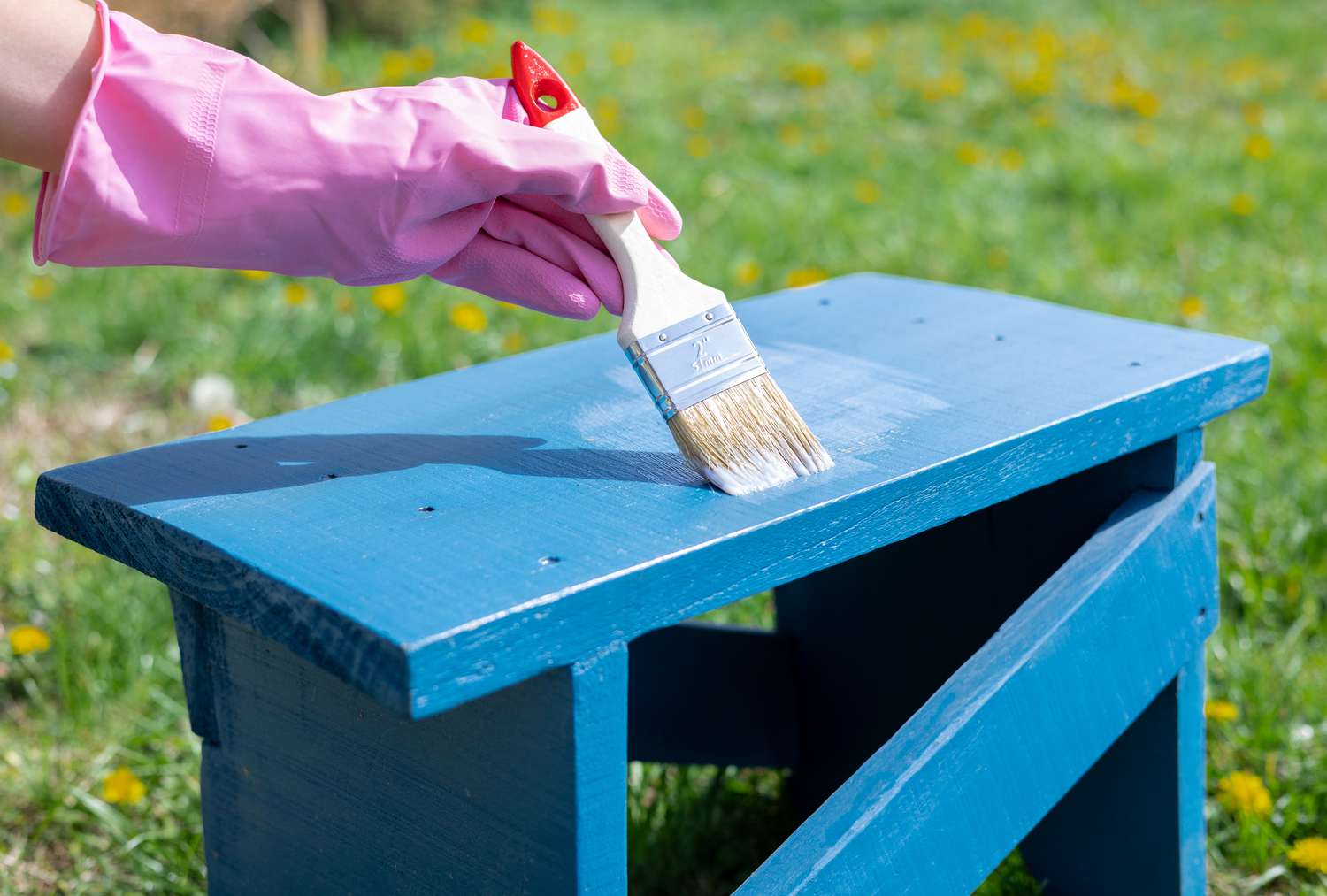
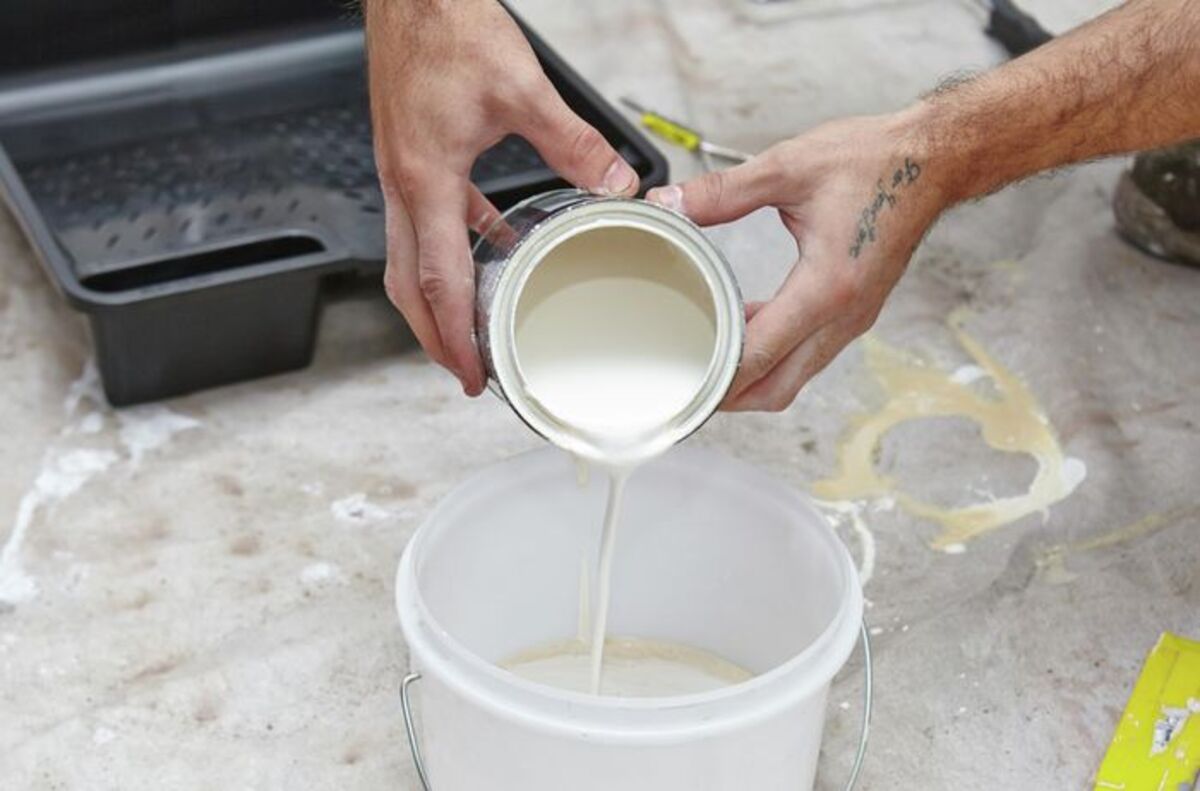
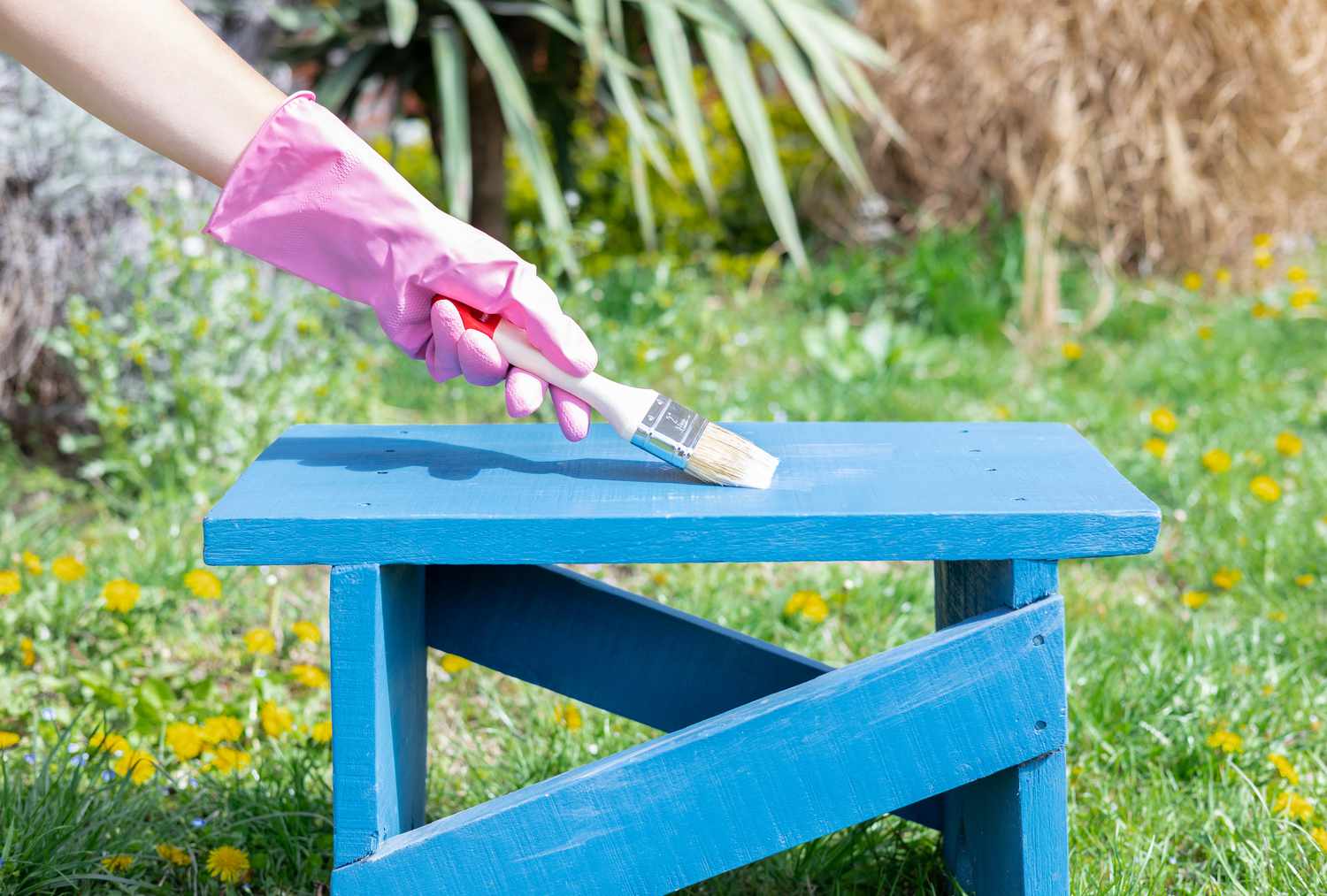

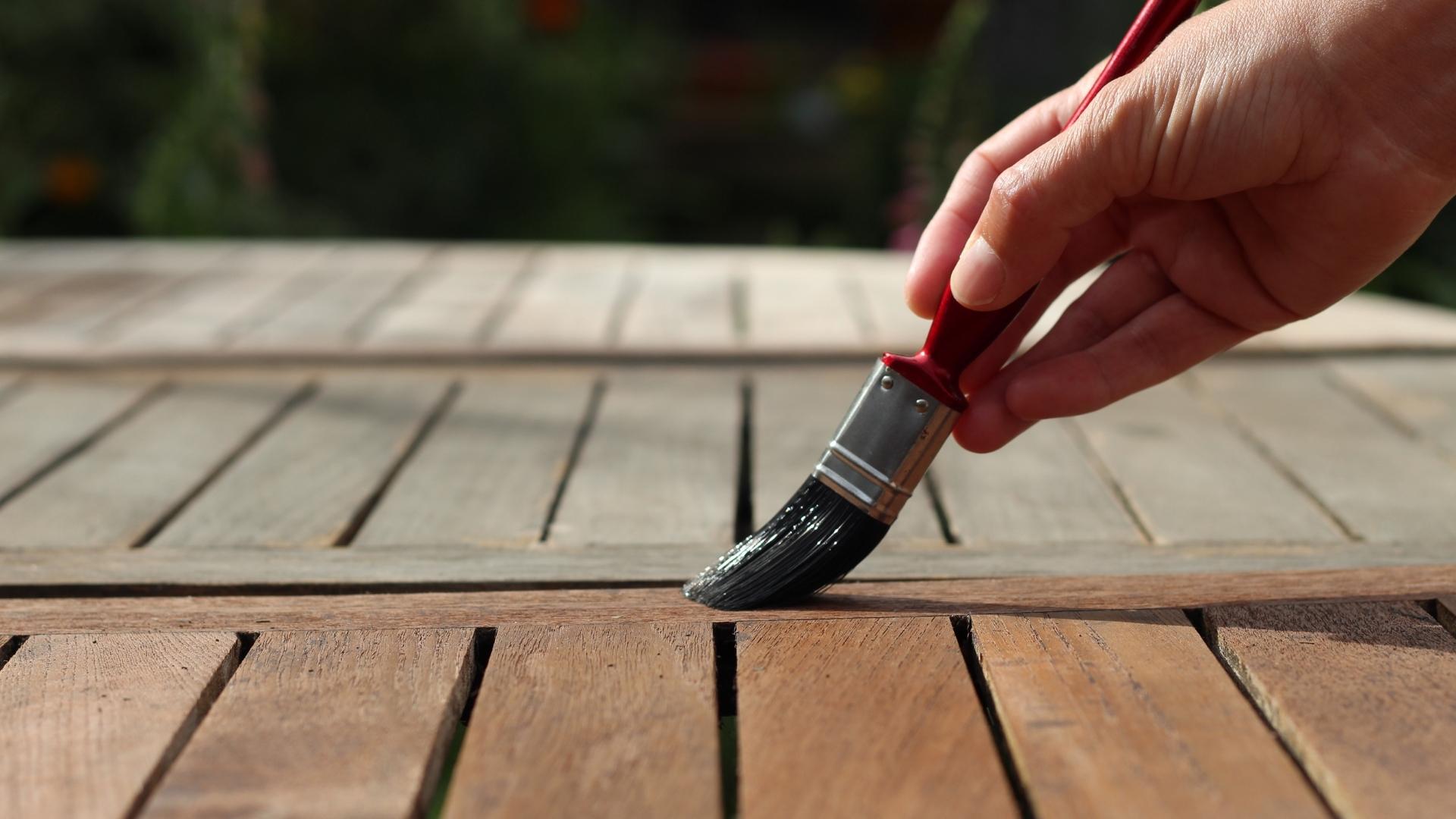
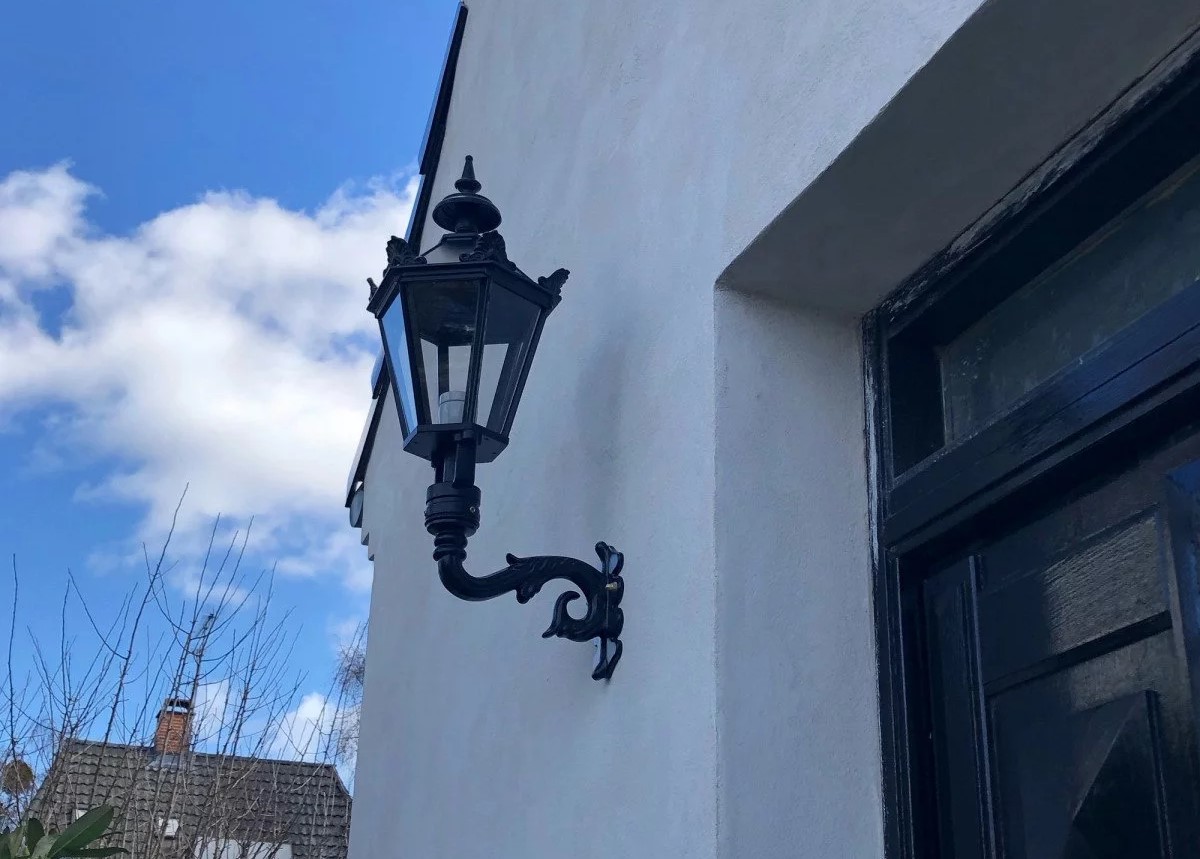
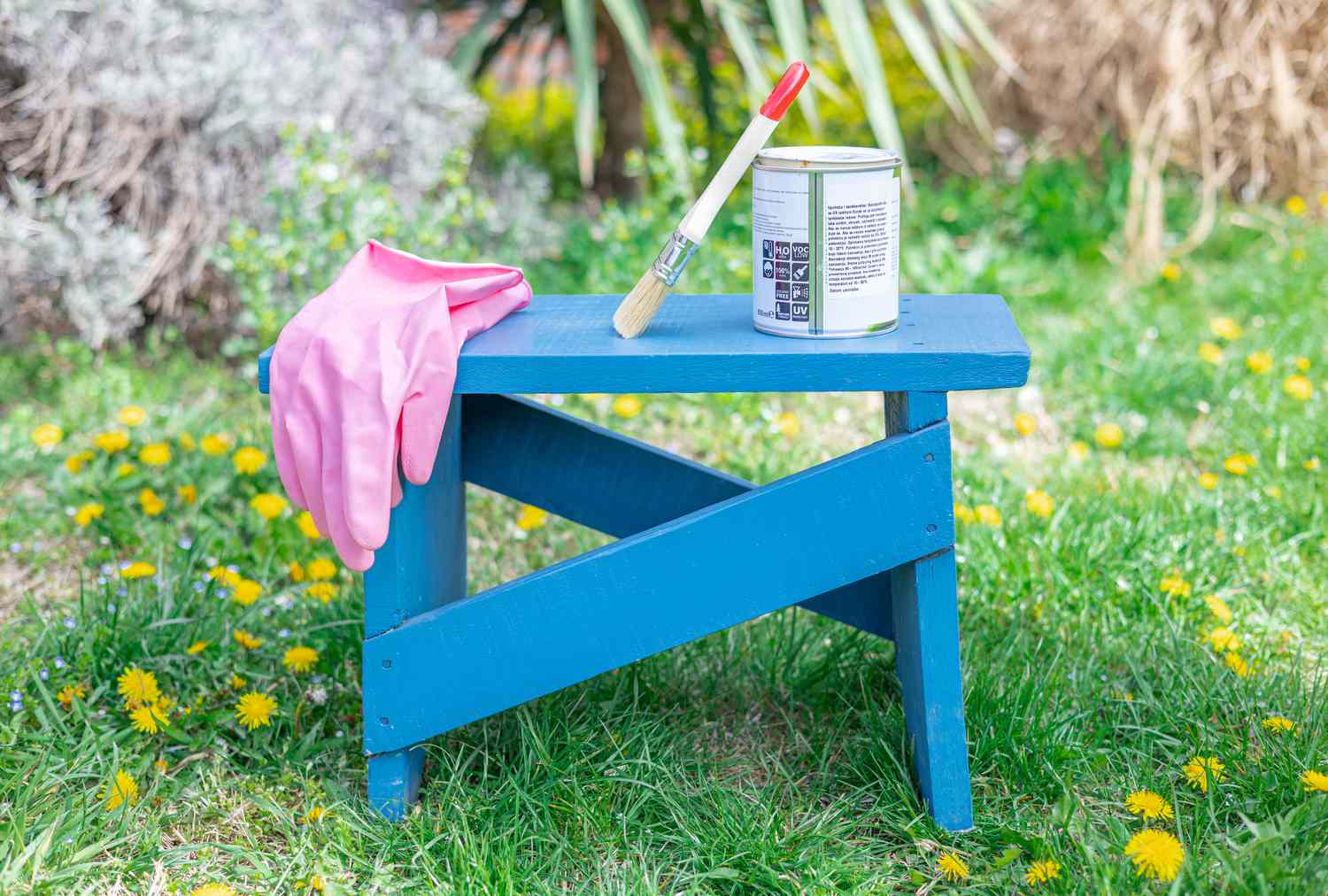
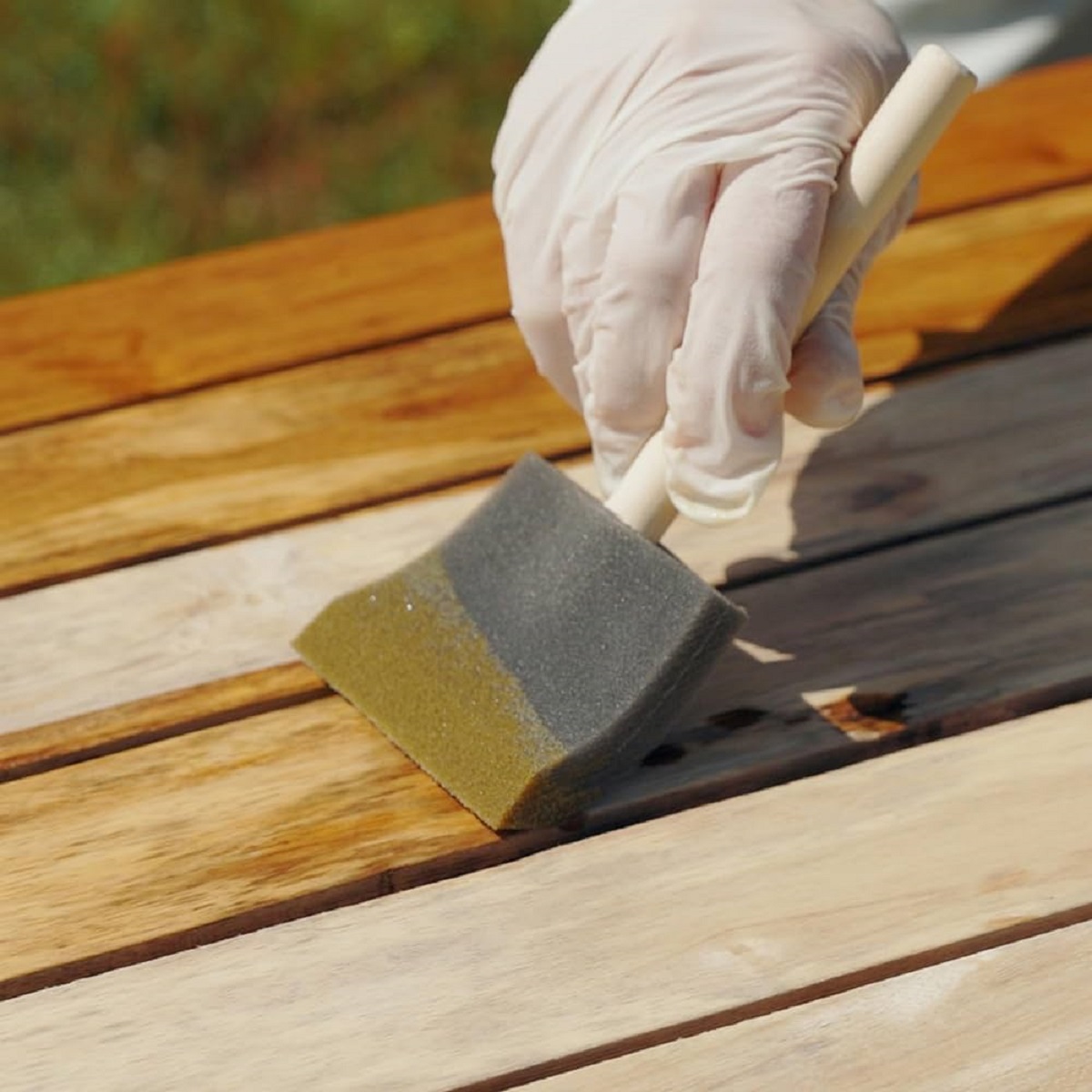
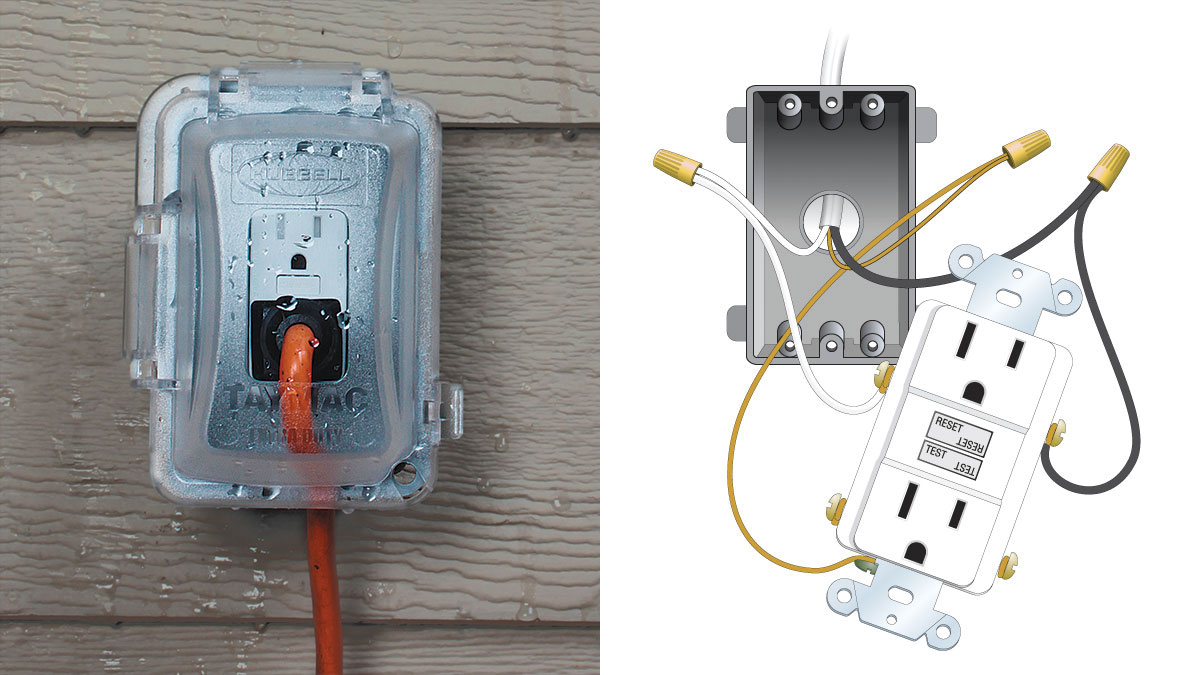
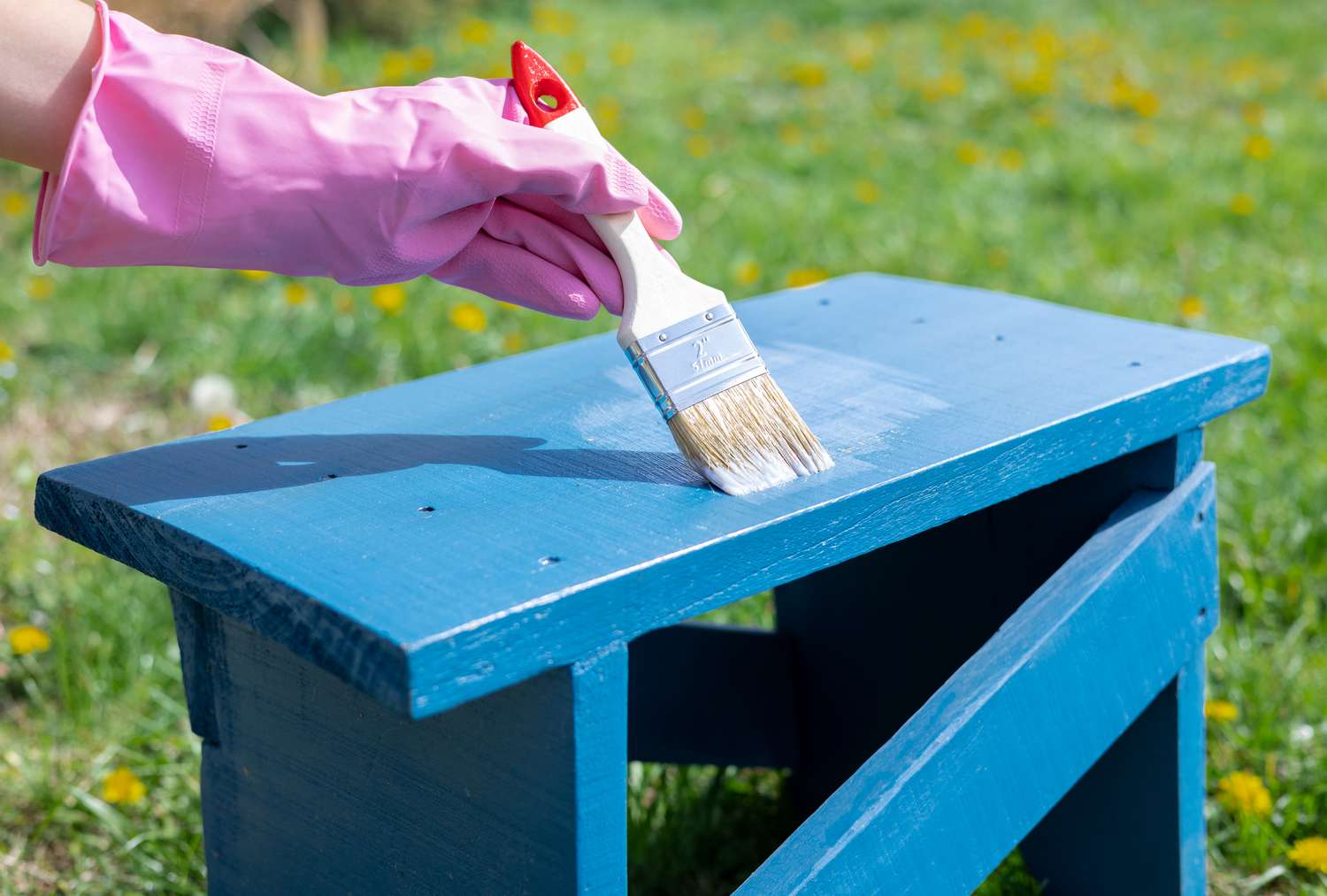
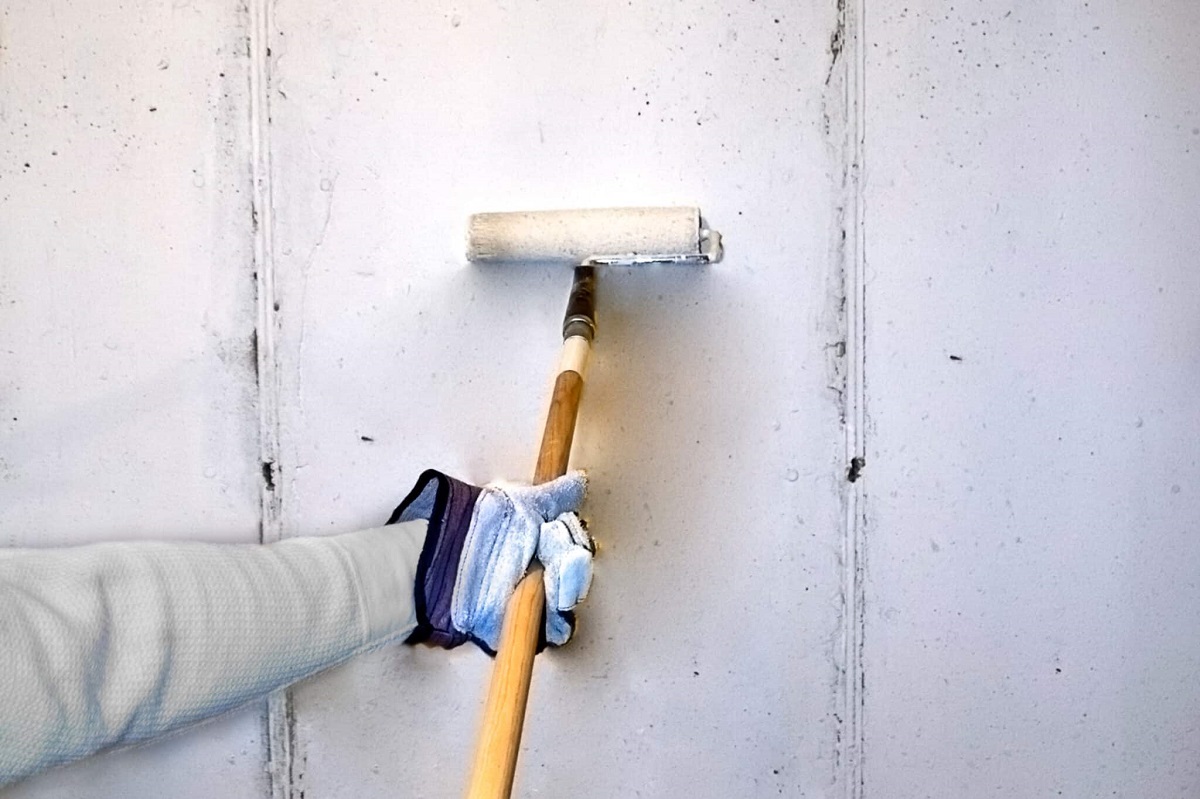
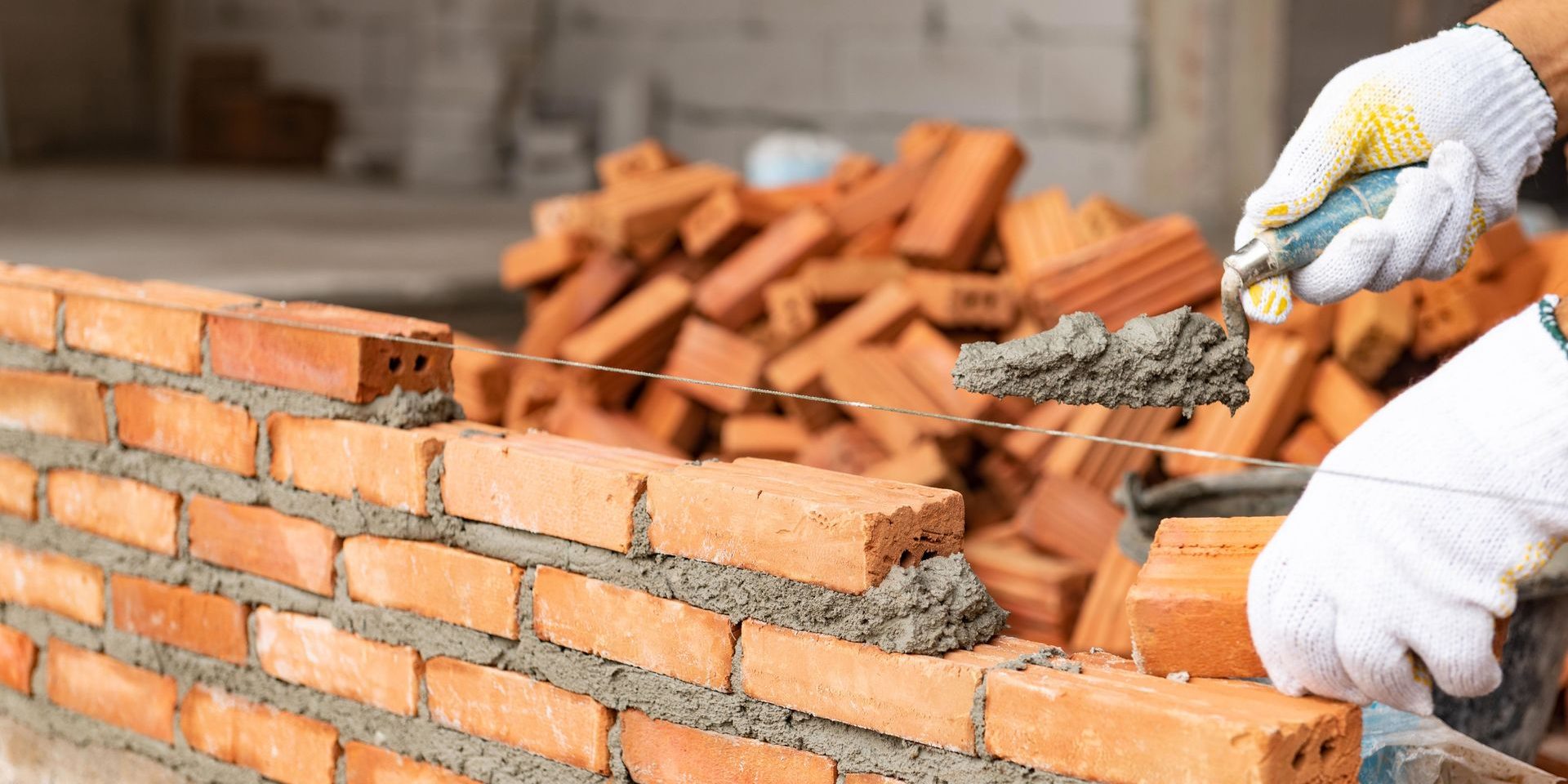
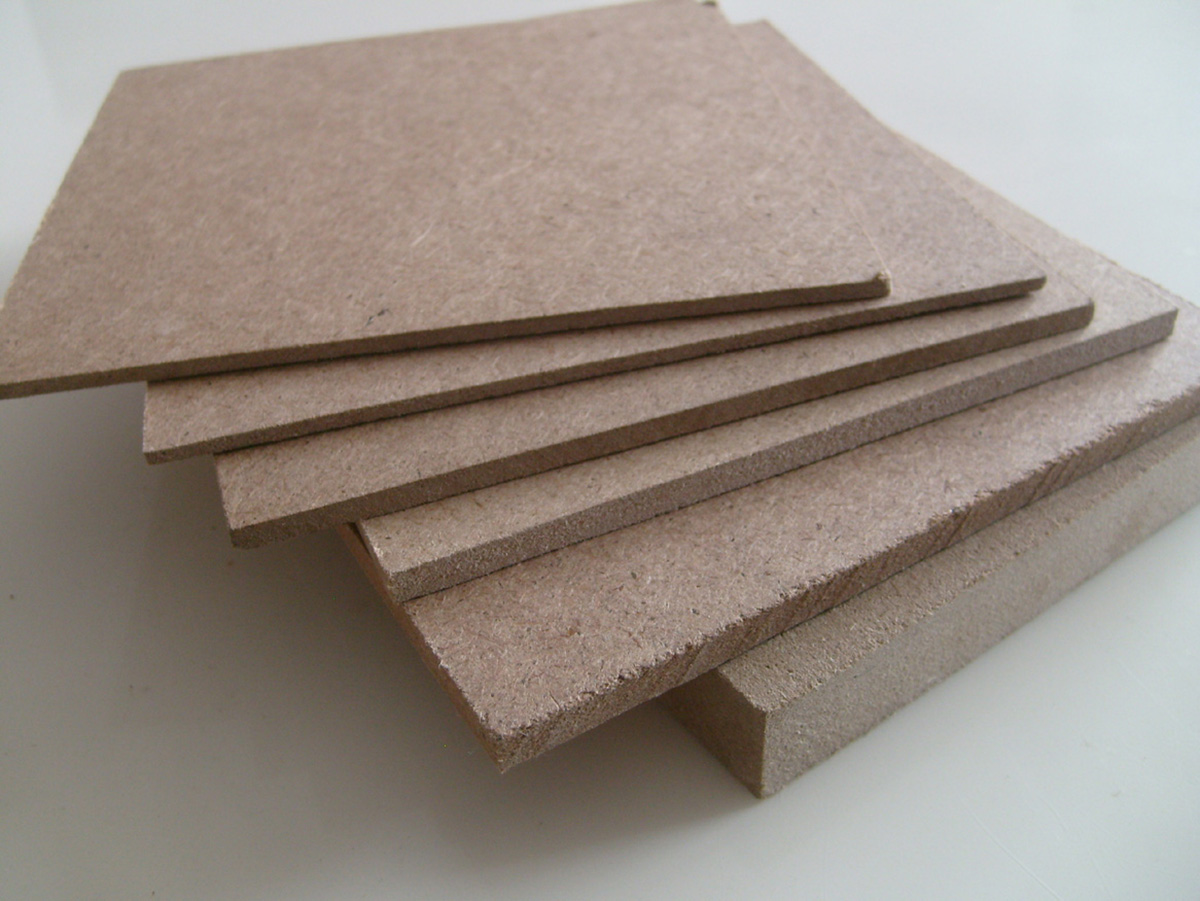
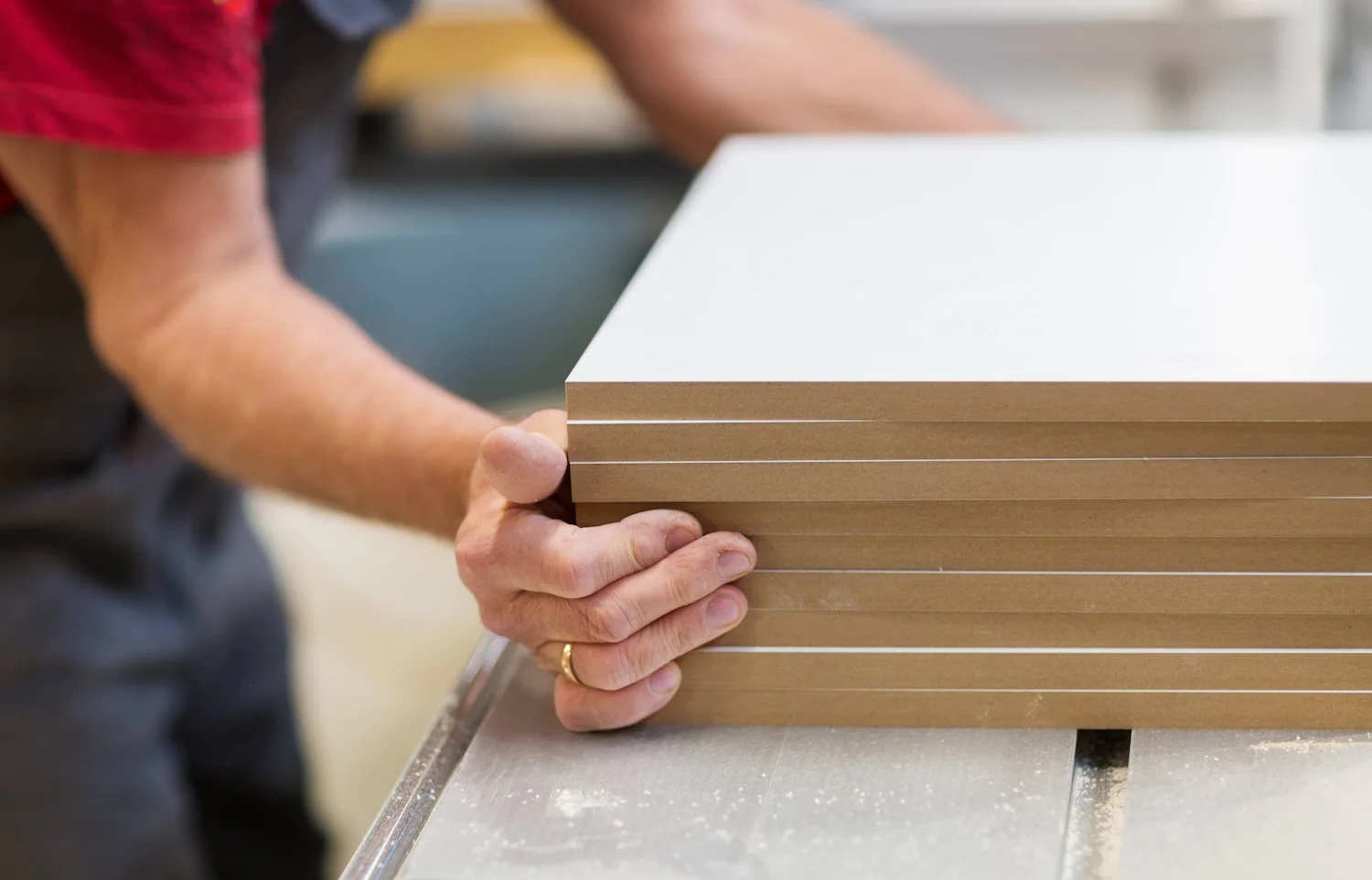

0 thoughts on “How To Seal Mdf For Outdoor Use”